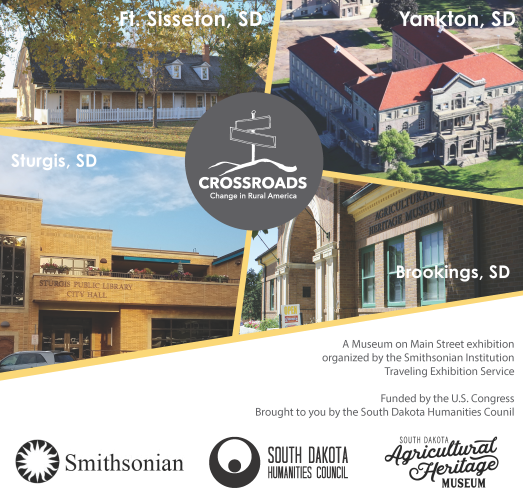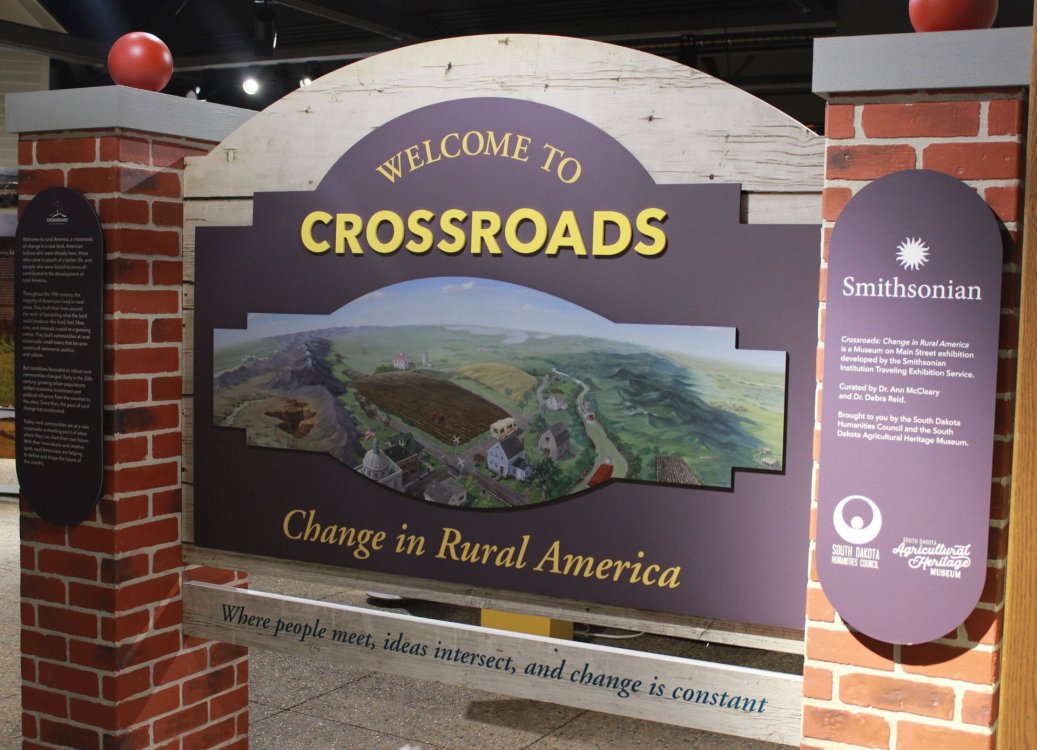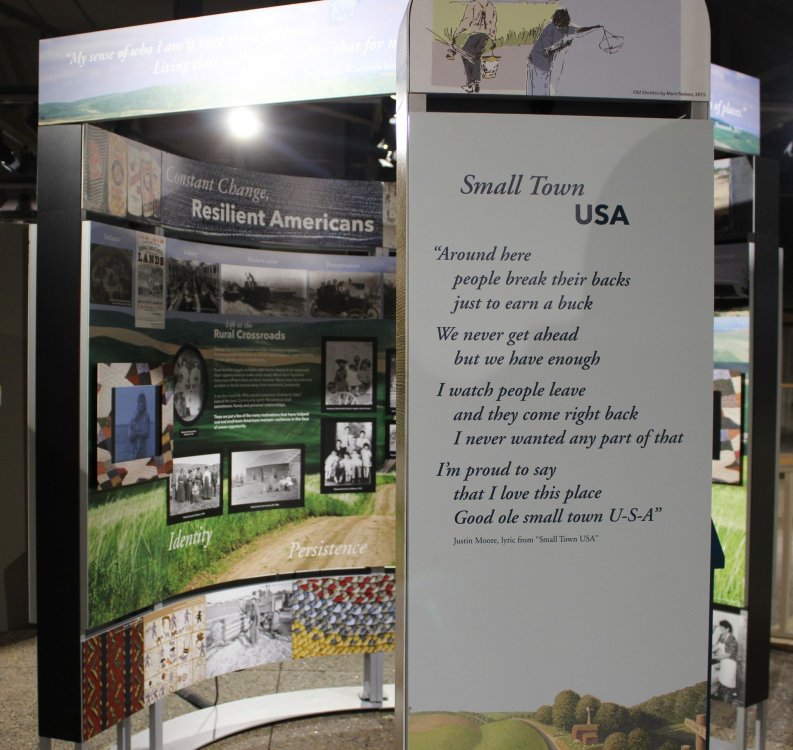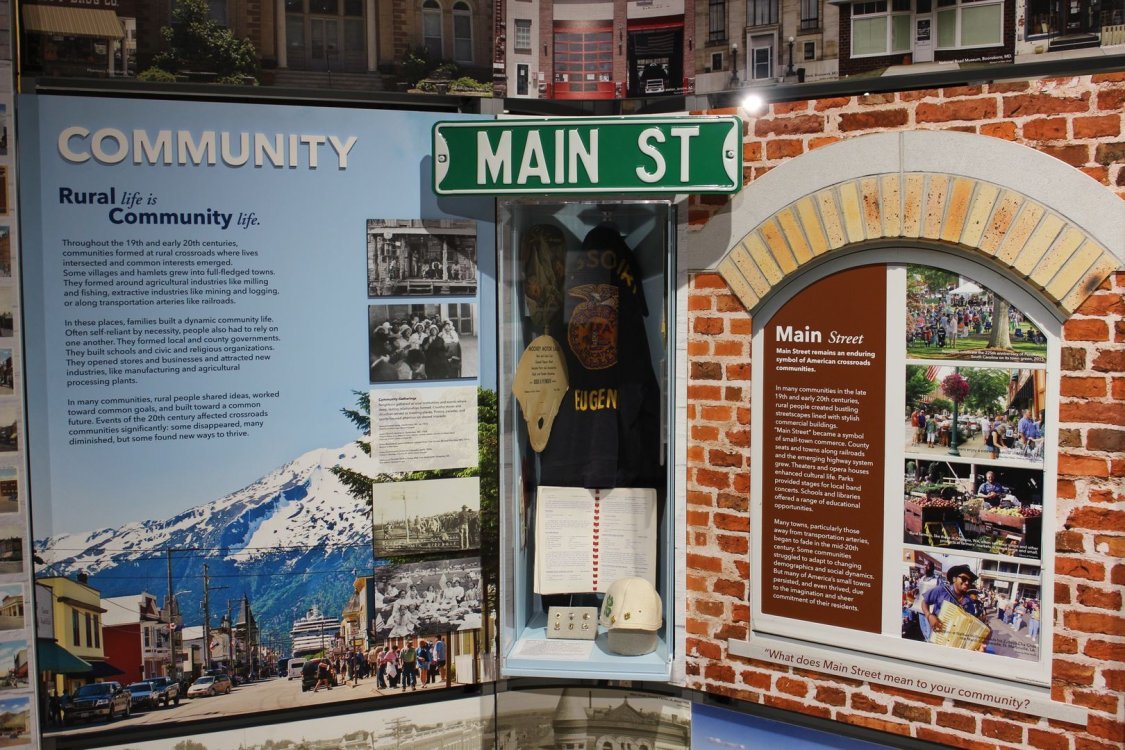
In 1900, about 40% of Americans lived in rural areas. By 2010, less than 18% of the U.S. population lived in rural areas. In just over a century, massive economic and social changes led to massive growth of America's urban areas. Yet, less than 10% of the U.S. landmass is considered urban.
Many Americans assume that rural communities are endangered and hanging on by a thread—suffering from outmigration, ailing schools, and overused land. But that perception is far from true in many areas. Many rural Americans work hard to sustain their communities. Why should revitalizing the rural places left behind matter to those who remain, those who left, and those who will come in the future? All Americans benefit from rural America's successes. We can learn great things from listening to those stories. There is much more to the story of rural America!
Crossroads: Change in Rural America offers small towns a chance to look at their own paths to highlight the changes that affected their fortunes over the past century. Despite the massive economic and demographic impacts brought on by these changes, America’s small towns continue to creatively focus on new opportunities for growth and development. Economic innovation and a focus on the cultural facets that make small towns unique, comfortable and desirable have helped many communities create their own renaissance. The future is bright for much of rural America as small towns embrace the notion that their citizens and their cultural uniqueness are important assets.
This exhibit was on display from Sept. 15, 2022 through Jan. 8, 2023. The exhibit opening was held on Sept. 23, 2022 with author Sarah Vogel speaking.
Exhibit Sponsors:
Smithsonian Museum on Main Street
South Dakota Humanities Council




